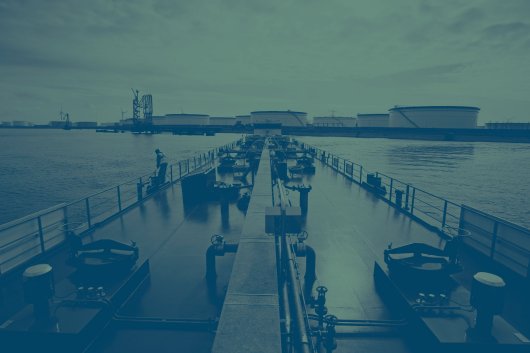Report puts global bunker consumption at 266m tonnes in 2015
Figure is lower than the 298m-tonne amount documented by ICCT in October.
A December report by the International Council on Clean Transportation (ICCT) says global bunker consumption was 266.275 million metric tonnes in 2015 - lower than the 298 million metric tonnes documented in an ICCT study published in October.
According to the latest report, entitled 'Black carbon emissions and fuel use in global shipping 2015', the world's shipping fleet consumed 210 metric tonnes of residual fuel in 2015 and 50 million tonnes of distillates, whilst around 6 million tonnes of liquefied natural gas (LNG) is said to have been utilized by ships as fuel.
Residual fuel consumption represents 79 percent of fuel use by vessels; distillates represent around 19 percent; and LNG makes up the rest - around 2 percent.
In the previous October report, named 'Greenhouse gas emissions from global shipping, 2013-15', total shipping fuel consumption was calculated to have increased by 2.4 percent, from 291 million tonnes to 298 million tonnes, between 2013 and 2015.
Calculating consumption
In the December-published study, fuel consumption was estimated on a ship-by-ship basis based on the amount of carbon dioxide (CO2) that each ship emitted and its main fuel type.
Marine fuels emit varying amounts of CO2 when burned; this is called the CO2 intensity of the fuel and is reported in units of g CO2/g fuel. CO2 intensity was calculated to be 3.114 for residual fuel, 3.206 for distillates, and 2.75 for both LNG and gas boil-off.
Fuel carriage is calculated in the report using its main fuel type capacity (cubic metres) as derived from the IHS ShipData database and the assumed density of the fuel.
When estimating the amount of fuel on board each vessel, the study assumes that each ship's fuel tanks are 65 percent full at all times, consistent with Det Norske Veritas (Det Norske Veritas, 2013).
The study uses a density of 0.985 tonnes per cubic metre (t/cbm) for residual fuel, 0.860 for distillates, and 0.456 for LNG and gas boil-off.
In the case of LNG, it is assumed that gas boil-off is the same density as LNG because the fuel source for gas boil-off is LNG until it is converted to compressed natural gas.
According to the latest report, entitled 'Black carbon emissions and fuel use in global shipping 2015', the world's shipping fleet consumed 210 metric tonnes of residual fuel in 2015 and 50 million tonnes of distillates, whilst around 6 million tonnes of liquefied natural gas (LNG) is said to have been utilized by ships as fuel.
Residual fuel consumption represents 79 percent of fuel use by vessels; distillates represent around 19 percent; and LNG makes up the rest - around 2 percent.
In the previous October report, named 'Greenhouse gas emissions from global shipping, 2013-15', total shipping fuel consumption was calculated to have increased by 2.4 percent, from 291 million tonnes to 298 million tonnes, between 2013 and 2015.
Calculating consumption
In the December-published study, fuel consumption was estimated on a ship-by-ship basis based on the amount of carbon dioxide (CO2) that each ship emitted and its main fuel type.
Marine fuels emit varying amounts of CO2 when burned; this is called the CO2 intensity of the fuel and is reported in units of g CO2/g fuel. CO2 intensity was calculated to be 3.114 for residual fuel, 3.206 for distillates, and 2.75 for both LNG and gas boil-off.
Fuel carriage is calculated in the report using its main fuel type capacity (cubic metres) as derived from the IHS ShipData database and the assumed density of the fuel.
When estimating the amount of fuel on board each vessel, the study assumes that each ship's fuel tanks are 65 percent full at all times, consistent with Det Norske Veritas (Det Norske Veritas, 2013).
The study uses a density of 0.985 tonnes per cubic metre (t/cbm) for residual fuel, 0.860 for distillates, and 0.456 for LNG and gas boil-off.
In the case of LNG, it is assumed that gas boil-off is the same density as LNG because the fuel source for gas boil-off is LNG until it is converted to compressed natural gas.
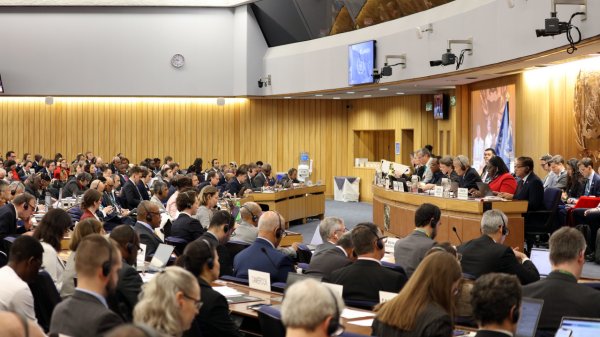
|
IMO approves pricing mechanism based on GHG intensity thresholds
Charges to be levied on ships that do not meet yearly GHG fuel intensity reduction targets. |
|
|
|
||
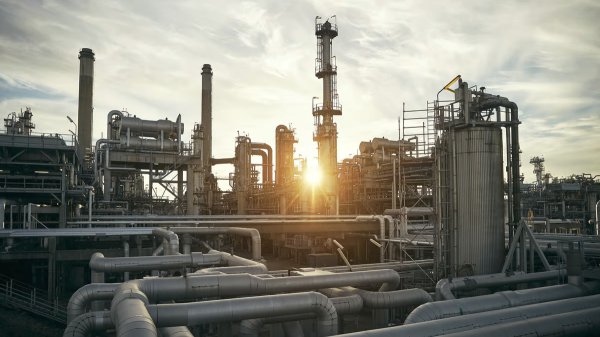
|
VARO Energy expands renewable portfolio with Preem acquisition
All-cash transaction expected to complete in the latter half of 2025. |
|
|
|
||
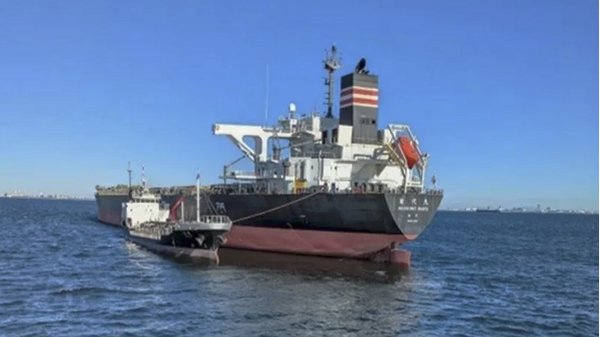
|
NYK trials biofuel in milestone coal carrier test
Vessel is used to test biofuel for domestic utility company. |
|
|
|
||
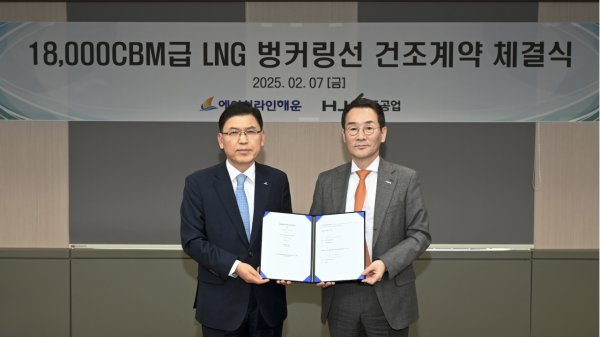
|
H-Line Shipping orders LNG bunkering vessel
Vessel with 18,000-cbm capacity to run on both LNG and MDO. |
|
|
|
||

|
How to engineer and manage green shipping fuels | Stanley George, VPS
Effective management strategies and insights for evolving fuel use. |
|
|
|
||
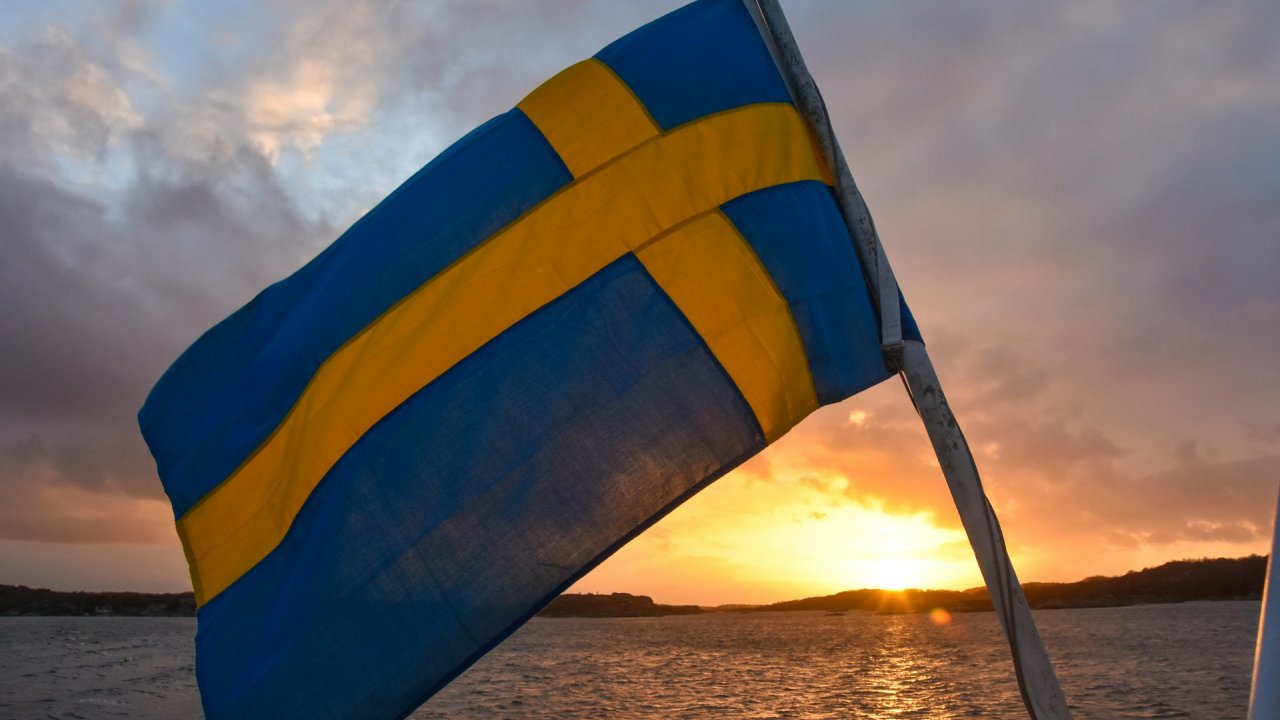
|
Swedish government bans scrubber wastewater discharges
Discharges from open-loop scrubbers to be prohibited in Swedish waters from July 2025. |
|
|
|
||
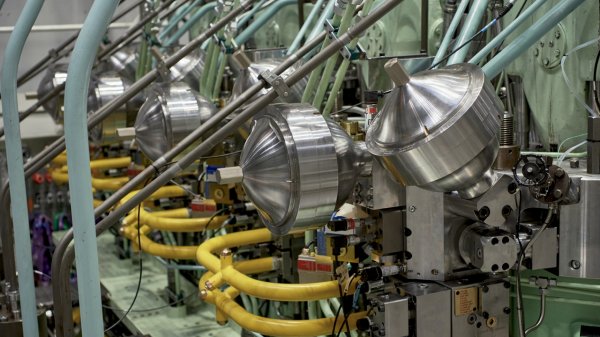
|
MAN Energy Solutions achieves 100% load milestone for ammonia engine
Latest tests validate fuel injection system throughout the entire load curve. |
|
|
|
||
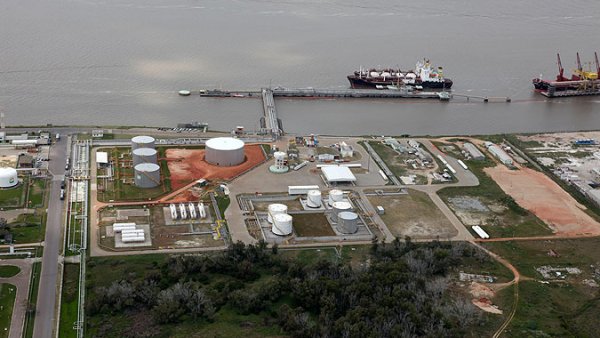
|
Petrobras secures ISCC EU RED certification for B24 biofuel blend at Rio Grande
Blend consisting of 24% FAME is said to have been rigorously tested to meet international standards. |
|
|
|
||
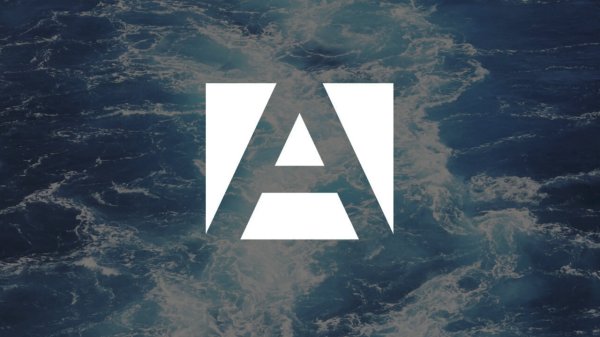
|
Stolt-Nielsen to fully control Avenir LNG with acquisition
Share purchase agreement to buy all shares from Golar LNG and Aequitas. |
|
|
|
||
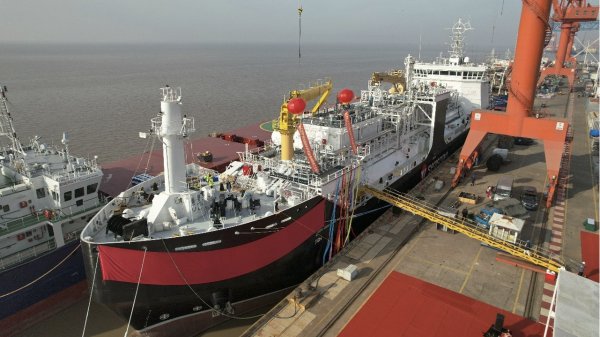
|
Bureau Veritas supports launch of CIMC SOE's LNG bunkering vessel
Handover of Seaspan Energy's cutting-edge 7,600-cbm vessel completed. |
|
|
|
||

